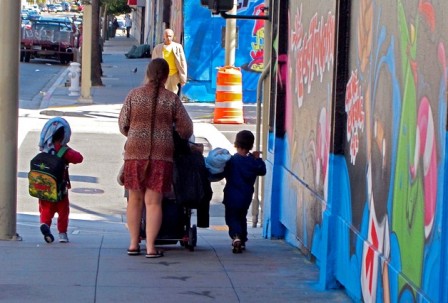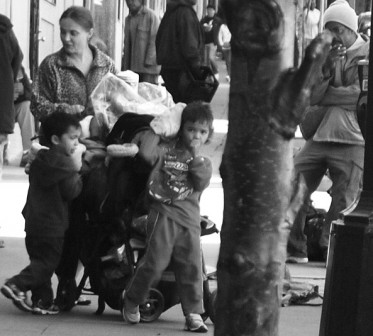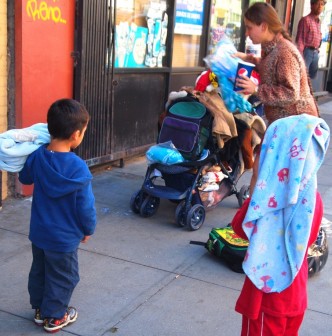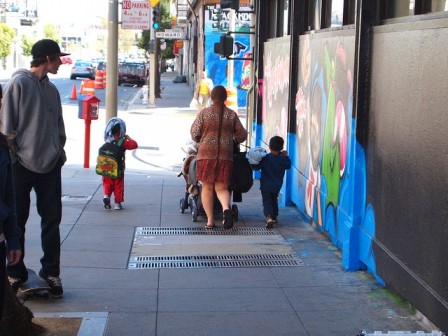US Homelessness: 1.6 Million Children Are Homeless, Up by 38 Percent Since 2007
According to a report released today by the National Center on Homelessness, more than 1.6 million children are currently homeless in America. This amounts to one child in 45. It represents a dramatic increase of 38 percent since the onset of the recession in 2007. The report “America’s Youngest Outcasts” paints a grim picture, and it provides a ranking between the 50 states. It also recommends some policy solutions to be implemented both on Federal and State levels.
“The recession has been a man-made disaster for vulnerable children. There are more homeless children today than after the natural disasters of hurricanes Katrina and Rita, which caused historic levels of homelessness in 2006. The recession’s economic devastation has left one in 45 children homeless, an increase of 38 percent from 2007 to 2010,” says MD Ellen Bassuk, President and Founder of the National Center on Family Homelessness and associate Professor of psychiatry at Harvard Medical School.
The report shows that homeless children in the United States suffer from hunger, poor physical condition and emotional health as well as limited academic proficiency in reading and math. “The constant barrage of stressful and traumatic experiences has profound effects on their development and ability to learn,” says the report. According to the report, 30,000 children become homeless each week, and more than 4,400 each day.
Yet the planning and social safety net to protect these vulnerable children is extremely limited. Sixteen states have no planning at all, and only seven states are actively addressing the issue. The states fairing the best are Vermont, Minnesota, Nebraska, North Dakota, Maine, New Hampshire, New Jersey, Massachusetts, Montana and Iowa. At the very bottom of the ranking are Georgia, Florida, Nevada, Louisiana, New Mexico, California, Arizona, Arkansas, Mississippi and, at the very bottom, Alabama.
“In the face of this man-made disaster, there must be no further cuts in federal and state programs to help homeless children and families. Deeper cuts will only create more homelessness that will cost us more to fix in the long run. We can take specific actions now in areas of housing, child care, education, domestic violence, and employment and training to stabilize vulnerable families and prevent child homelessness,” says Bassuk.
Editor’s Note: All photographs by Eliza Io.
Related Articles

















You must be logged in to post a comment Login